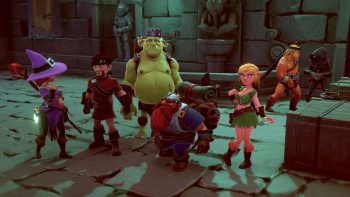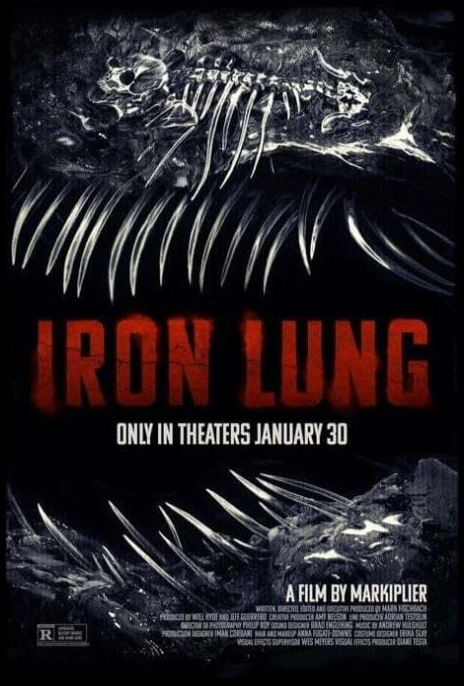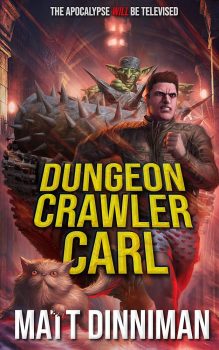The Best of Bob: 2025
 Happy 2026! Let’s kick butt for another year. Or at least, limp to the finish in 52 weeks. I really enjoy ‘meeting’ with my friends – and some strangers – here at Black Gate every Monday morning. Keep checking in, and let’s keep the discourse going on things we love. Or at least that catches our eye. Black Gate really is a family. My time writing here has almost been longer than my marriage was!
Happy 2026! Let’s kick butt for another year. Or at least, limp to the finish in 52 weeks. I really enjoy ‘meeting’ with my friends – and some strangers – here at Black Gate every Monday morning. Keep checking in, and let’s keep the discourse going on things we love. Or at least that catches our eye. Black Gate really is a family. My time writing here has almost been longer than my marriage was!
I continued to evade the Firewall at Black Gate (no, I do not earn a cent a word every time I mention ‘Black Gate.’ like some kind of blogging Pulpster), so I showed up every Monday morning. I had a much harder time conning other folks into writing my column for me – they’re catching on. Drat! So, I had to do my own work this past year.
Here are what I thought were ten of my better efforts in 2025. Hopefully you saw them back when I first posted them. But if not, maybe you’ll check out a few now. Ranking them seemed a bit egotistical, so they’re in chronological order. Let’s go!








